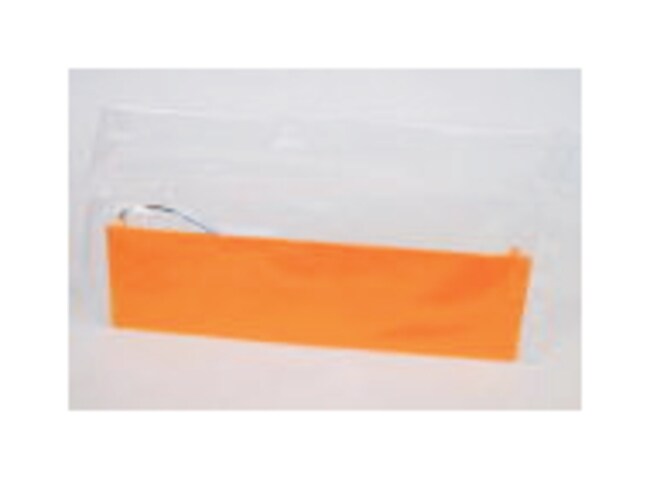
A "smile" resulting from uneven heating of the gel matrix. Thus, the problem of heat generation places a practical limit on how high the voltage can be in running a gel.įig. 2) and makes comparison of samples loaded in different regions of the gel difficult. The uneven heat distribution produces a "smile" effect (Fig. During electrophoresis, uneven heat distribution can cause samples in the warmer center of the gel to migrate faster than at the samples nearer the cooler edges. Temperature variations can also cause irregularities in the pore size of the gel. Convection in the gel can cause mixing of the fragments.

However, as the voltage increases, the temperature of the gel increases through resistive heating. We can make all the molecules move proportionally faster through the gel if we increase the electric field in the gel by increasing the voltage applied to the electrodes. Some of these factors can be controlled by us when we run the gel, while others are determined by the characteristics of the molecules being separated.

A slab gel is formed in a glass sandwich made of two flat glass plates separated by two spacer strips at the edges and clamped together to make a water-tight seal. The path of each sample through the gel is called a lane.Įlectrophoresis can be done in gels formed in tubes, slabs, or on a flat bed. The electric field varies in the vertical direction.Ī number of mixtures can be separated on a single gel by placing them in a line perpendicular to the electric field at the origin. Movement of particles of different size in gel electrophoresis. Initially, all types of molecules begin at a single spot on the gel (the origin), but as time passes each type of molecule forms a discrete band located a different distance from the origin, with bands of faster moving molecules located further from the origin (Fig. Differences in the charge, size, and shape of each molecule determines how quickly it will migrate toward the anode (+ pole) if it is negatively charged, or cathode (- pole) if it is positively charged. Although there are many variations on electrophoresis, they all share basic features that will be described in the following section.Įlectrophoresis is a method for separating a mixture of charged molecules in solution by passing it through a porous gel. It is a workhorse technique for separating substances for the purpose of identification and isolation. This week we will visualize these DNA fragments using a method called electrophoresis, which not only makes the fragments visible, but which allows us to determine their size.Įlectrophoresis is one of the most important experimental techniques in modern biology. Last week, we predicted the types of fragments that would be formed as the result of digests of the product of our PCR amplification. Experimental Design Project Toggle Dropdown.11 Reporting the Results of a Statistical Test.6 Scatter plot, trendline, and linear regression.5.6 Discussing statistics in your scientific writing.

5.4 A test for differences of sample means: 95% Confidence Intervals.5.2 P and Detecting Differences in Variable Quantities.3.3 Calculating Descriptive Statistics using Excel.3.1 Describing Quantities and Their Variation.
#ELECTROPHORESIS CATHODE CHARGE MANUAL#
Excel Reference and Statistics Manual Toggle Dropdown.Appendix A: Calculation Final Concentrations.3.1 Specific details regarding scientific writing.Scientific Literature Guide Toggle Dropdown.


 0 kommentar(er)
0 kommentar(er)
